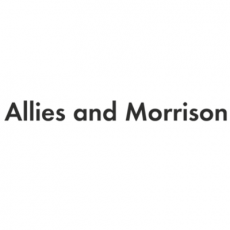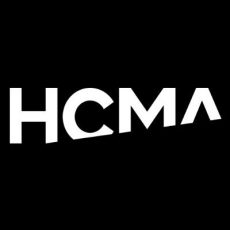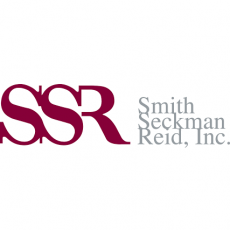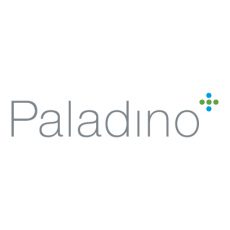LightStanza is Built for Everyone, but don't take our word for it
What our customers say
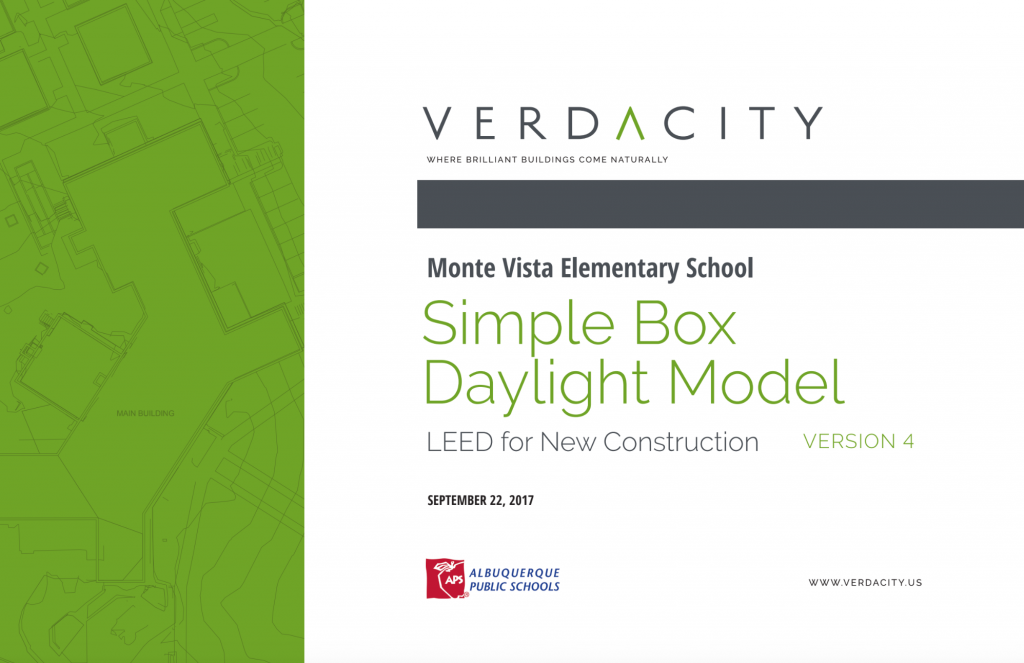
Customer Case Study: Verdacity
Verdacity, formerly EDI Integrative Consulting, is a premier building sustainability consulting firm that assists corporations, architecture, engineering and construction teams with achieving high performance building goals.
Verdacity shared a daylight analysis update on their Monte Vista Elementary School, which utilized a previous version of LightStanza to generate annual metrics that check for LEED v4 compliance. This evaluation occurred during design development and focused on performance of perforated panel options at south glazing.
Customer Case Study:
CEPT University
See how CEPT University’s M.Tech Building Energy Performance Program utilized LightStanza’s easy-to-use software in their university classrooms to empower students and help them learn daylighting analysis.
“LightStanza’s user interface makes complex calculations so simple that it allows us to focus on teaching students how to optimize daylight rather than spending the majority of a semester teaching them software.”
– Dharini Sridharan, Academic Associate – CEPT University’s M.Tech Building Energy Performance Program
More of our satisfied customers
EXPAND FOR MORE CUSTOMER STORIES
“How lightstanza has changed the way we work”
Stuart Shell, Project Manager
Forte Building Science
Omaha, Nebraska

1. Before LightStanza, what other daylighting/lighting software did you use?
We have tried several tools at Forte to predict daylight. DIVA for Rhino is a fine interface for Daysim, and IES VE works okay for Radiance. We have tried Radiosity tools such as Licaso for ElumTools and Sefaira. It was a relief to find the best parts of these tools available in LightStanza.
2. What hurdles or problems did you have with your previous software?
Radiance is the gold standard in simulation, so we rely on platforms to provide transparent access to the engine. That makes Sefaira and Licaso of limited value for us. They are good tools for simple projects but don’t offer the capability to process specular treatments – a must-have for most state-of-the-art daylight solutions. DIVA is great but also required we purchase and learn Rhino. When we last used the software it was also using Daysim to interface with Radiance. IES VE has improved with the latest release, but still has profound limitations for visualization. Having the thermal zones of our energy model wrapped up with the daylight plates means we end up post-processing our results files and generating our own maps – a time-consuming process.
3. What made you decide to use LightStanza?
LightStanza is smart in tackling the tough problems in daylight while also delivering an intuitive interface. It handles window protection and allows us to access custom scattering files for different products. Most of us are familiar with SketchUp so that was not a problem. The cloud computing also delivered faster results than running Radiance on our PCs. Getting access to the illuminance outputs and useful renderings also integrates with our workflow.
4. What was your experience when switching or getting started with LightStanza?
At first I was pretty confused because it seemed so simple. I had to remember SketchUp a bit to get started, but then I was impressed with how quickly I was looking at climate-based results. That would have taken me an over-night computation in the past.
5. Can you describe one or two of LightStanza’s features or functions you feel are most useful for your work?
Easily assigning glazing types is huge with the number of glazing protections and treatments on a typical high-performance project. We also can trust in the algorithms used by LightStanza for shade behavior based on occupant comfort.
6. How has LightStanza improved (or how do you see it improving) your projects and business?
We often see SketchUp way before we get Revit, so it’s a nice tool for early design. That’s when we’re also most likely to impact some of the first assumptions around massing and orientation. It gives us quantitative information that we can use to assign performance impacts for occupants. And at a phase of the project when very few decisions have been made.
7. Would you use LightStanza on future projects and/or recommend the tool to other colleagues? If so, why?
We are able to work with the LightStanza team on our projects in a way unlike other tools we use for daylight. Or simulation in general for that matter. We are confident to use their software because we know they are continuing to push their tool to do more. So it’s not just about choosing the best tool today – we’re trying to choose the best tool for next year. LightStanza looks very promising in that category.
James Woodall, Sustainable Design Specialist
Allies and Morrison
London
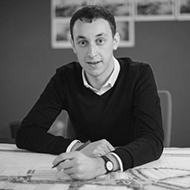
1. What made you decide to use LightStanza?
We wanted to explore use of a more powerful tool that would provide us with higher levels of capability to answer the questions we were asking during the design process.
2. What was your experience when switching or getting started with LightStanza?
From the outset, we were particularly impressed by the ability of LightStanza to generate a range of detailed simulations with a rapid turnaround. LightStanza is an easy-to-use and very informative tool which offers us an invaluable ability to fit seamlessly within our existing design process.
3. How has LightStanza improved (or how do you see it improving) your projects and business?
LightStanza provides very detailed design feedback that allows us as a firm to greatly increase our potential to make well-informed design decisions.
Travis McDaniel, M.S. EIT, LEED Green Associate, Net Zero Systems Engineer
San Francisco, CA

1. Can you describe one or two of LightStanza’s features or functions you feel are most useful for your work?
Two of the most useful features are the Useful Daylight Illuminance plan views and three dimensional glare rendering. Both of these convey the important concept of occupant visual comfort that is so often overlooked. We know conceptually that occupants want daylighting without the discomfort of glare, but rarely are these thought about critically. The Point Energy Innovations team has always understood the client’s incentive to provide, and designed for, excellent occupant visual comfort, and now LightStanza allows us to hone the ideal lighting strategy. To this end, numerical results presented in colorful and graphical form provide both client and designer quick initial understanding and detailed information at the same time.
2. How has LightStanza improved (or how do you see it improving) your projects and business?
LightStanza allows us to add another premier service to our repertoire. Point Energy Innovations is committed to better design by thinking about buildings as an integrated and interdependent whole as opposed to a collection of disjointed systems. As HVAC consultants we have a good handle on mechanical systems and efficiency, but visual and thermal comfort, occupant health, and affordability are equally important. Lighting is connected to occupant productivity and thermal comfort, as much as it is to HVAC system sizing and energy efficiency; this is why they deserve our attention and how LightStanza has improved our business.
Duane Carter, Director of Sustainability and Building Performance
Chicago, IL

1. What propelled you to look for a daylighting tool?
Needed better ways to evaluate glass percentages/exterior wall design.
2. Before LightStanza, what other daylighting/lighting software did you use?
Diva for Rhino
3. What hurdles or problems did you have with your previous software?
Installation and troubleshooting were difficult
No support
Fairly slow
Had to manually run various studies and present results
4. How did these issues affect your projects and business?
Not necessarily a good fit for us initially – we don’t have much time to spend.
5. What made you decide to use LightStanza?
Saw potential for a simpler, web based tool with more understandable graphics and output.
6. What was your experience when switching or getting started with LightStanza?
Works very well with familiar tools (SU, web interface)
Setting and graphics were easy to understand
7. Can you describe one or two of LightStanza’s features or functions you feel are most useful for your work?
The Annual results grid allows a single view snapshot of how your design does on the various metrics that have been developed to measure daylight. This allows you to easily build understanding of the problem and the various trade-offs between different solutions. Other tools we have used require multiple setups and model runs and then time consuming collation of results.
8. How has LightStanza improved (or how do you see it improving) your projects and business?
Has allowed us to quickly study options and understand daylighting in the early phases of our project. Having easy to produce real data and visualizations to show to design teams helps educate them about good daylighting design and make a strong case to the clients. For example, we were able to use LightStanza to suggest refinements to the design of a large overhangs and hanging louvers for a large dining facility in a corporate office building. These studies also allowed us to justify these elements and show the qualitative and quantitative improvements they are making to the project.
9. Would you use LightStanza on future projects and/or recommend the tool to other architects or colleagues? If so, why?
Yes, it is a very easy to use and quick tool that can be used in conceptual design to improve understanding of daylighting. It doesn’t require any time to install and is easy to start without any time consuming training. The support provided by Lightstanza is also excellent which is especially important for non experts.
Luis Vale, LEED Consultant
Portugal
What are the 3 main benefits of using LightStanza?
- Cloud server processing, that brings us results much faster, while releasing our pc for other tasks. Those nights of running daylight simulations are over..
- User-friendly software, with simple and intuitive menus
- Automatic reports tailored for LEED submittals
Matt Minard, Senior Lighting Designer

How is LightStanza benefiting your work flow?
- I am really liking this new workflow of cloud calculations. It’s been my go to for all current projects and alleviating a lot of the stress that came with the other software.


